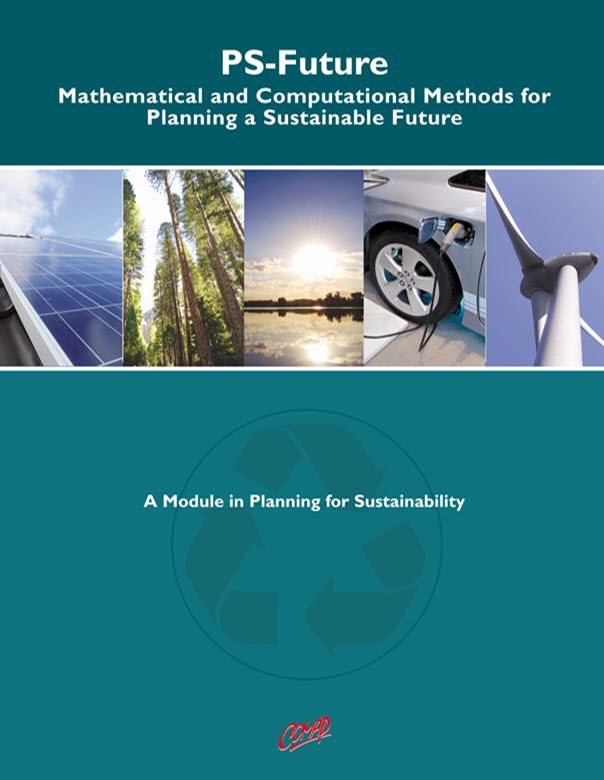Going Batty Modeling White Nose Syndrome in Bats (Student)
Author: Various
Introduction to “Going Batty”:
Disease looms large in our world today and students are faced with challenging questions about pandemics, vaccinations, and the reemergence of diseases long thought to be under control. In this module, students will gain an understanding of the mathematics that underlie the science and will be able to approach some of these questions in a quantitatively literate way. If vaccines work, why should parents who vaccinate their children be concerned about those who do not? What leads to a catastrophic disease outbreak, and what do government organizations do to bring these to an end?
Learning Objectives:
This module will provide students with an understanding of the susceptible-infected-resistant model of epidemics. To do this, students will take part in an active simulation of an epidemic, work with an existing agent-based model, and build their own model using a spreadsheet. They will learn the spreadsheet skills necessary to examine how changes to the inputs to a system will affect the outcome of a model. Students will learn about the biology of white nose syndrome, a fungal infection that threatens North American bats.
About the PS-Future project and its modules
The PS-Future project is a collaboration led by Rutgers University involving the Center for Discrete Mathematics and Theoretical Computer Science (DIMACS), the School of Environmental and Biological Sciences, and Heldrich Center for Workforce Development at Rutgers University; the Consortium for Mathematics and its Applications (COMAP); Colorado State University; the Groton School; Hobart and William Smith Colleges; and a number of authors and educators from around the country.
The modules are intended to provide 4-6 days of classroom activities on a variety of topics that apply computational and mathematical methods in sustainability. Each module links to Common Core State Standards (CCSS) in Mathematics and targets content for a particular mathematics course. Each module also addresses disciplinary core concepts required by the Next Generation Science Standards (NGSS), especially targeting concepts taught in Environmental Science and Biology courses. The modules are also particularly suited to address Practice Standards for both mathematics and science.
Each module contains examples of jobs related to the module topic, together with a discussion of the skills and training required, as well as information on the salary and future demand for such jobs. In many cases, specific job titles are mentioned within the modules.

Mathematics Topics:
Application Areas:
Prerequisites:
You must have one of our Free Memberships or a paid Full Membership to download this resource.
If you're already a member, login here.